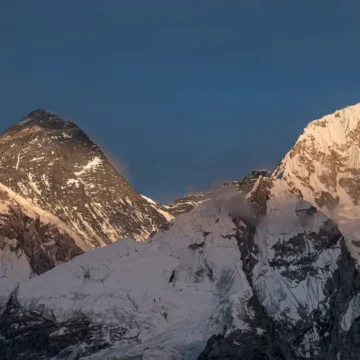
Top 10 Medicinal Plants You Will Found on Nepal Treks
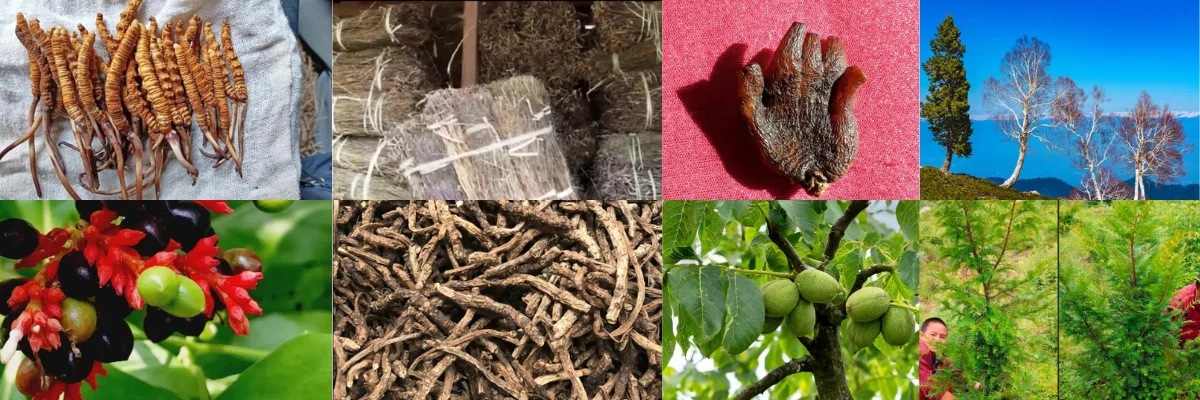
Table of Contents
Nepal has high mountains and green hills that people still rely on for financial gain. Those hills and mountains have numerous medicinal plants on Nepal Trek. Back in the old days, when modernization and transportation weren’t a thing in remote sections of Nepal, our ancestors turned to roots, bark of trees and blossoms.
You can come across these medicinal plants while on Nepal trek, which not only heal physically and provide a cure to disease, but also help people in the mountains earn a good amount by selling or exporting them.
Top 10 Medicinal Plants in Nepal
Nepal hosts all kinds of herbs that treat almost every kind of illness. In Nepal, more than 2,000 types of plants are deeply tied to daily life, especially when it comes to health. Many ethnic communities rely on them as their go-to remedy for common illnesses and traditional healing.
Beyond their role in home remedies. They fuel local incomes, support rural livelihoods, and even catch the eye of international markets. Nepal’s wild herbs have made their way into labs, beauty counters, and pharmacies across the world, from medicines to herbal teas and skin care to supplements.
People value them not just for tradition, but for their power, purity, and growing global demand. Here is the list of top 10 medicinal plants on Nepal trek.
1. Yarsagumba (Cordicep sinensis)
Yarsagumba grows in high-altitude mountain meadows of Nepal up to 3000 meters (9842.52 ft) and around 5000 meters (16404.2 ft). It grows 2 to 3 inches long, and people consider it Nepal’s most expensive herb.
Found in Darchula, Dolpa, Jumla, Mugu, Bajang, Rukum, Myagdi, Manang, Gorkha, Rasuwa, Sindhupalchowk and Sankhuwasabha. In Upper Dolpo Trek, you can find these herbs.
Locally known as Yarsa or Yarsagumba, which is used in the treatment of Cancer, Asthma, Inflammatory diseases and ailments of the lungs, kidney and liver.
Yarsagumba or Himalayan Viagra is a combination of yellow caterpillar and fungus, and tastes like a mushroom, flavoursome, and neutral. Locals pick it in early spring before the rains hit. It costs anywhere between NPR 2,50,000 to 25,00,000, depending on where it’s from and how good it is.
You can purchase Yarsa in Kathmandu, and locals in the Himalayan regions of Nepal can link you up with Yarsa dealers.
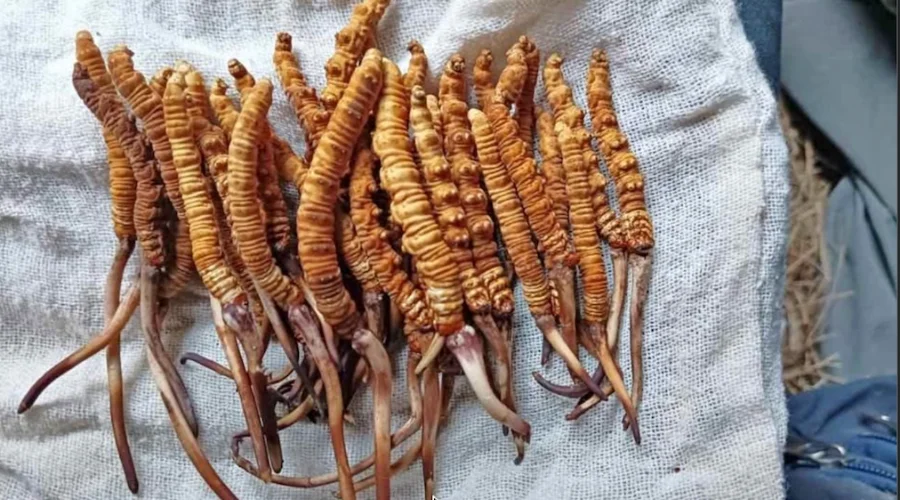
2. Kutki (Neopicrorhiza scrophulariiflora)
You can find Kutki in the Nepalese Himalayas at altitudes between 2500 meters (8202.1 ft) and 4500 meters (14763.78 ft). It is one of the easily findable medicinal plants on Nepal trek.
Kutki mainly grows in Himalayan regions of Karnali and Gandaki in Dolpa, Jumla, Mugu, Mustang, Manang, and also in Rasuwa, and Taplejung. You might find this plant while on treks like Annapurna Circuit trek
People mainly use Kutki for jaundice, liver troubles, and gastric ulcers which act as a cooling agent and detoxifier.
Kutki has brownish or black roots and tastes very bitter, which is 5-15 centimetres in length.
Farmers take about 3 years to grow Kutki from planting to harvest, with flowers blooming between June and August.
The Kutki root extract costs between NPR 1,800 to 2,000 in Nepali Market.
It grows in moist alpine meadows and rocky slopes and needs cold temperatures.
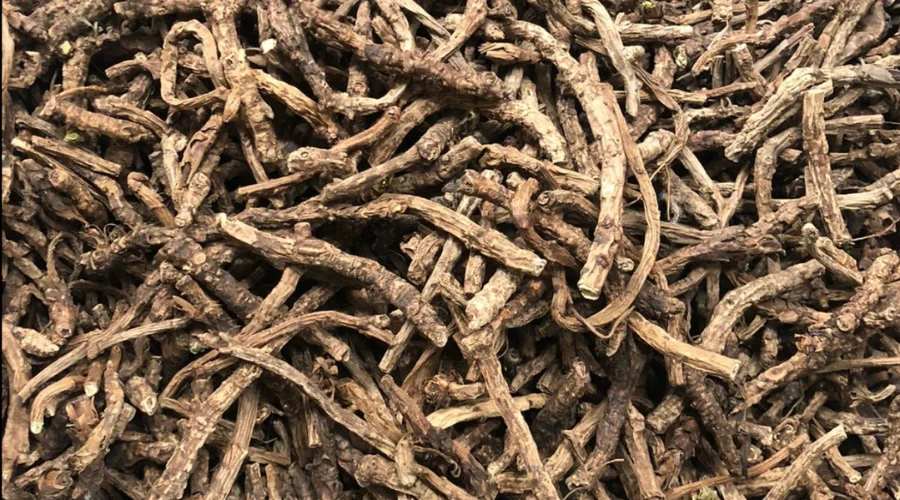
3. Sarpagandha (Rauvolfia serpentina)
It is a medicinal plant that typically grows between 300 meters (984.252 ft) and 1,200 meters (3937.008 ft) altitude.
Sarpagandha is traditionally used to treat high blood pressure, insomnia, anxiety and snake bites, and modern medicine also uses it for producing tranquillizers.
It is commonly found in Nepal’s districts like Chitwan, Makwanpur, Dang, Doti, Kailali, Bardia, Nawalparasi, Udayapur and other districts of the Inner Terai regions.
The plant has dark green leaves, tiny white to pink flowers, and snake-like tapering roots. It has a bitter taste, and the roots have a mild, earthy smell. It grows in loamy, moist soil and prefers semi-shade environments.
Farmers usually plant Sarpagandha in spring, grows actively in monsoon, and takes around 2 years to mature. The flowers blossom between May and August.
You can buy Sarpagandha at herbal markets or Ayurvedic stores in Kathmandu, or local healers in the Terai can source it for you. The price ranges between NPR 1,500 to 3,500 per kg, depending on the quality and demand.
4. Sugandhawal (Valeriana jatamansi Jones)
It grows in the misty hills of Nepal between 1,500 (4921.26 ft) and 3,000 meters (9842.52 ft). The plant stands around 20 to 70 cm tall, its roots hidden deep like secrets.
You’ll find it in the wild zones of Jumla, Dolpa, Mugu, Darchula, Bajhang, and nearby districts, mostly in the mid to far-western parts. Spotting this plant while on Rara lake trek is common.
People here have long used epilepsy, cholera and neurosis. People still use its oils in aromatherapy and natural healing.
It smells earthy, deep, and a little sweet, like rain on forest soil. The roots carry that smell and a bitter taste. Its pinkish flowers bloom gently in the monsoon.
It loves moist, shaded slopes, thriving best in temperate forests. Monsoon is when it grows, and it takes about 2 years to mature fully.
People use the root, dry it, and grind it for teas or oils. You can buy it in local herbal shops in Kathmandu or hill bazaars, costing around Rs. 1,500 to 3,500 per kg.
5. Chiraito (Swertia chirayita)
It grows in Nepal’s middle hills, mostly between 1,500 meters (4921.26 ft) and 3,500 meters (11482.94 ft) and grows 1 to 1.5 meters in length.
People have used Chiraito for ages. It’s said to help with malaria, fever, digestion, skin disease, diabetes, liver problems and cancer.
It tastes super bitter, with green stems and yellowish flowers that are touched with a purple colour.
Chiraito grows well in open sloped fields with soft, moist soil, mostly in places with some shade and not too much sun.
In Kathmandu or local herbal shops, shops might sell it for around NPR 800 to 1,000 per kg, depending on quality.
Just boil a small bit of water and drink the tea; that’s the most common way to use it. But don’t overdo it, it’s strong.
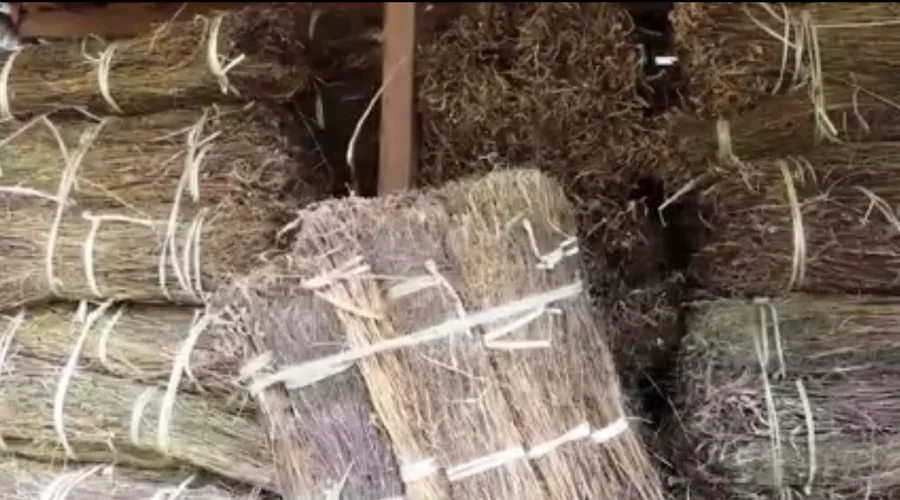
6. Panch Aunle (Dactylorhiza hatagirea)
Panch Aunle is found between the altitude of 2,800 meters (9186.352 ft) and 4,000 meters (13123.36 ft) in high Himalayan meadows.
It grows in Nepal’s high-altitude districts in Dolpa, Mugu, Jumla, Mustang, Darchula, Taplejung, Manang and Rasuwa.
Panch Aunle is used to heal wounds, digestive disorders, skin conditions, cough, pain, fever, and diarrhea.
It has green leaves with dark purple spots. Root looks like a hand with five fingers, hence the name Panch Aunle. Slightly sweet taste, earthy smell.
Panch Aunle sprouts in summer, flowers during mid-monsoon, and is ready for harvest around August to September.
It is rare in the market. Found through local herbal traders in the Himalayas. Price can reach NPR 8,000 to 15,000 per kg, depending on quality.
The root paste is used to apply to cuts and wounds, and the extract is used for intestinal disorders. Sometimes used in herbal tea mixes.
The plant grows about 15 to 40 cm tall. The roots are small and thick. It takes around 2-3 years for the plant to mature in the wild.
Mainly, the roots are used. The finger-shaped tubers are the main medicinal part.
It grows in moist, shaded alpine meadows, near yak trails, with soft soil and less human disturbance.
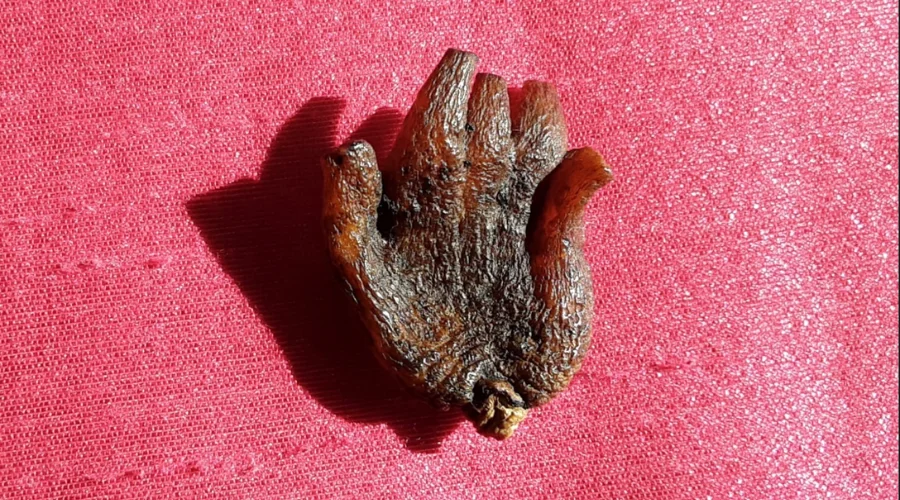
7. Jatamansi (Nardostachys jatamansi)
It is found in high altitude districts of Nepal like Jumla, Dolpa, Humla, Darchula, Bajhang, Manang, Mustang, and Taplejung and grows at an elevation of 3,000 meters (9842.52 ft) to 5,000 meters (16404.2 ft).
People use Jatamansi in Ayurvedic and Tibetan medicine to ease stress, insomnia, epilepsy, memory loss, and skin issues. Also used in perfumes and essential oils.
It grows low to the ground. Has pink or pale purple flowers. Roots are blackish-brown and have a strong, earthy, woody scent, which is very distinct and calming.
It grows during the monsoon. Flowers are between July and September. Harvesters collect it in late summer or early autumn.
You can buy it from herbal stores in Kathmandu or across the Himalayan regions, and the rhizome (root) is the most valuable part.
Jatamansi plants grow up to 60 cm tall, and the roots reach 15 cm in length. and take about 2-3 years to reach full maturity in wild conditions.
It grows in moist, shaded alpine slopes with rich, loamy soil, mostly in undisturbed, cold highlands.
8. Lauth Salla (Taxus wallichiana)
Lauth Salla, or Himalayan Yew, grows in districts like Dolakha, Sankhuwasabha, Rukum, Rolpa, Darchula, Ilam, Taplejung, and Mustang, thriving between 2,000 and 3,500 meters.
Ayurveda traditionally uses it to treat cough, cold, fever, and even cancer. In modern medicine, it’s a source of Taxol, an anti-cancer compound.
Locals burn the wood as incense and use it in rituals. Also used as rat poison.
It’s an evergreen tree with flat, dark green needle-like leaves. Bark is reddish-brown. It has a sweet, pine-like scent when crushed. The red berry-like arils help in spotting it.
Active growth during spring and summer. Berries usually appear from September to November.
It is rare in markets due to conservation concerns. It can sometimes be found in herbal shops or local collectors in Himalayan villages. Price ranges around NPR 8,000 to 20,000 per kg, depending on part and quality.
Dried leaves or bark are used in powdered or decoction form. Should be used under proper guidance due to potency.
People mostly use the leaves in traditional remedies, along with bark and sometimes the red arils. The leaves are most commonly used in traditional remedies.
Lauth salla can grow up to 5-15 meters tall in the wild. Leaves are around 2-3 cm long and has very slow growth, which usually takes about 10-15 years to mature into a tree.
It prefers growing in moist, shady slopes in undisturbed forest zones. Mostly found in cool-temperate zones with rich humus soil.

9. Okhar (Juglans regia)
It grows best in the mid to high hills, anywhere from 1,000 meters (3280.84 ft) to 3,000 meters (9842.52 ft) and can be found in Jumla, Dolpa, Myagdi, Gorkha, Darchula, Ramechhap, and Solukhumbu.
People use it for more than just food. The nut is eaten raw, roasted, or pressed for oil.
Its bark and leaves are used for teeth cleaning and skin issues. Even the wood is valuable, as it is carved into doors, tools, and furniture. The tree is tall and strong, with wide leaves that smell a bit sharp when crushed.
The fruit, which is the walnut, starts green and soft, turns brown and hard when ready. Inside, the nut is buttery and full of healthy fat.
Flowers bloom from March to May. The nuts are picked between September and November.
You can buy Okhar nuts or oil at Kathmandu or hill town bazaars; prices range between NPR 500 and Rs. 1,500 per kilo, depending on quality.
We mostly use the seed (nut), but the leaves and bark are also used. The tree can grow up to 25-30 meters tall.
It takes 5–7 years to give nuts, and about 10-15 years to fully grow. Okhar trees grow in open hillsides with good sun and well-drained soil.
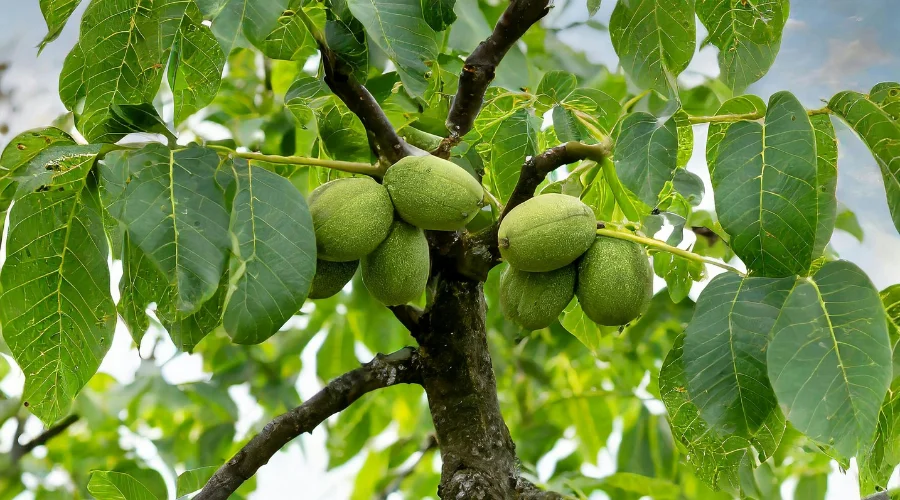
10. Bhojpatra (Betula utilis)
Bhojpatra grows in high altitude places of Nepal like Dolpa, Manang, Mustang, Jumla, Taplejung, Sagarmatha and Langtang areas and grows at an elevation between 3,000 meters (9842.52 ft) to 4,500 meters (14763.78 ft)
It is used to treat various ailments such as skin disorders, respiratory conditions, and digestive issues. Also useful in the treatment of epilepsy, insanity and convulsions. In the past, sages wrote mantras and scriptures on bark.
Tree with white, paper-like bark that peels off in thin sheets. Leaves are small, oval, and turn golden in autumn.
You can buy it in herbal stores in Kathmandu and the Himalayan regions. Price ranges from NPR 1,000 to 2,000 per kg, depending on quality and location.
Buds of Bhojpatra pop in spring, and leaves grow through summer. Best bark is harvested between May and September. It takes 7 years to mature, and full bark harvesting is possible after 10 years in wild areas.
It grows in cold, alpine forest slopes usually alongside rhododendron or fir. The outer bark is used mainly, which is the most valuable.
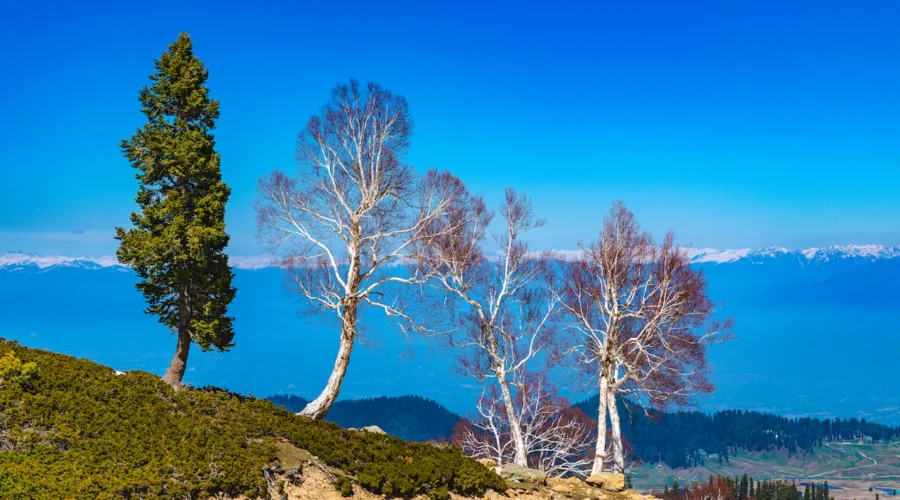
The History and Current Status of Medicinal Plants in Nepal
In Nepal, herbs aren’t just plants; they’re a part of daily life, healing, and tradition. Right now, over 700 different plant species are used for medicinal purposes. That’s not just a number, it speaks to how deeply nature is tied into the way people live and stay healthy, especially in places where doctors and hospitals aren’t always around.
Nepal’s bond with medicinal plants goes way back, woven into ancient healing systems like Ayurveda and Amchi. Old texts like the Charaka Samhita and Rigveda show just how deep this knowledge runs. With its wild range of landscapes, Nepal is home to around 8,000 types of flowering plants. Out of those, nearly a quarter are used for medicine.
For centuries, people have relied on these plants to treat illnesses and support their daily lives. Lately, however, the rising demand both in Nepal and abroad has led to overharvesting. Some valuable herbs are getting harder to find. To help with that, Nepal brought in community forestry programs. These give locals the right to protect and manage forest areas, making sure the plants can regrow and be used for years to come.
The government has also stepped up. It created groups like the Herbs Production & Processing Co. Ltd. (HPPCL), which works on growing, processing, and selling herbal products. Some herbs that once only grew in the wild are now being farmed, taking pressure off natural forests.
Still, there are challenges. Climate change is shifting growing patterns. And slowly, old knowledge passed down for generations is fading. But Nepal is trying to find a balance by protecting its rich plant life while also keeping traditions alive.
Facts About Medicinal Plants on Nepal Trek
There are some facts that you need to know while exploring medicinal plants on Nepal trek.
Rich Flora with Healing Potential
Out of more than 7,000 species of flowering plants growing wild across Nepal, around 700 are found to be useful for health and healing. Locals have known this for generations, they’ve been using roots, leaves, bark, and flowers as natural remedies for everything from fevers to fatigue.
Karnali: The Herbal Heartland
While trekking in Karnali, you will know more about medicinal plants on Nepal trek, you will notice something unique. This area produces a large chunk of Nepal’s medicinal plants. The high hills, clean air, and untouched forests make it perfect for growing herbs that are valued not just in Nepal but in markets abroad, too.
Legal Measures Against Illegal Trade
With the rise in global demand, some people try to smuggle these herbs without permits. The government is stepping in, setting strict laws that punish illegal traders. If someone’s caught harvesting or transporting herbs without permission, they can face fines or jail time, depending on the case.
Nepal’s Annual Production
Each year, Nepal produces around 4,735 metric tons of medicinal herbs. That’s a big deal for farmers and collectors who depend on this trade for their income.
Are Medicinal Plants Expensive in Nepal?
Some herbs are getting pricey. Especially the rare ones found high up in the mountains. Climate, overharvesting, and demand have made them harder to find and more expensive than before.
Tips When you Come Across Medicinal Plants on Nepal Trek
While trekking in Nepal you might unintentionally pick or do an activity which might violate the rules for medicinal plants. To not get into trouble, these following few tips will might help you.
- If you come across a plant you don’t recognize, best not to touch it. Some herbs look ordinary but are actually protected species, just enjoy their beauty and move on.
- Try not to pull or dig up any plants. Even a tiny root could belong to something rare or endangered, and removing it can harm the whole ecosystem.
- Before you go off exploring, ask locals or your guide about the rules in that area. Some conservation zones have clear do’s and don’ts to protect native herbs.
- Skip buying herbal stuff from roadside stalls or unknown sellers on the trail. It might be tempting, but there’s a chance those items were gathered illegally or could be harmful.
- Let the locals harvest when the time is right. Medicinal plants are usually picked during specific seasons , collecting them at the wrong time can stop them from growing back.
- If you notice people picking herbs in big quantities or acting suspiciously, let the park officials or local guides know. Your small action might protect something rare.
- Stay on the main trails. A lot of rare herbs grow in untouched areas, and wandering off the path can unknowingly damage them.
- It’s always a good idea to trek with a licensed guide. They know which plants are protected, where not to step, and how to explore without causing harm.
Want to know more?
Speak to an Expert





Sandip Dhungana
Nepal 🇳🇵
Whatsapp: +977-9823636377


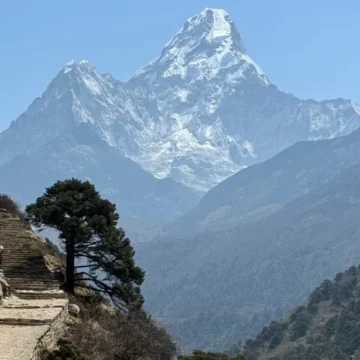
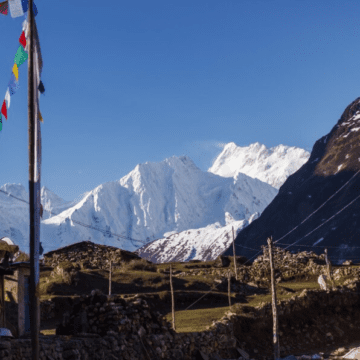
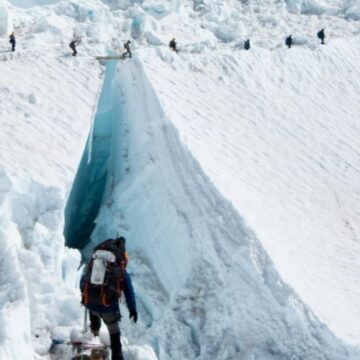

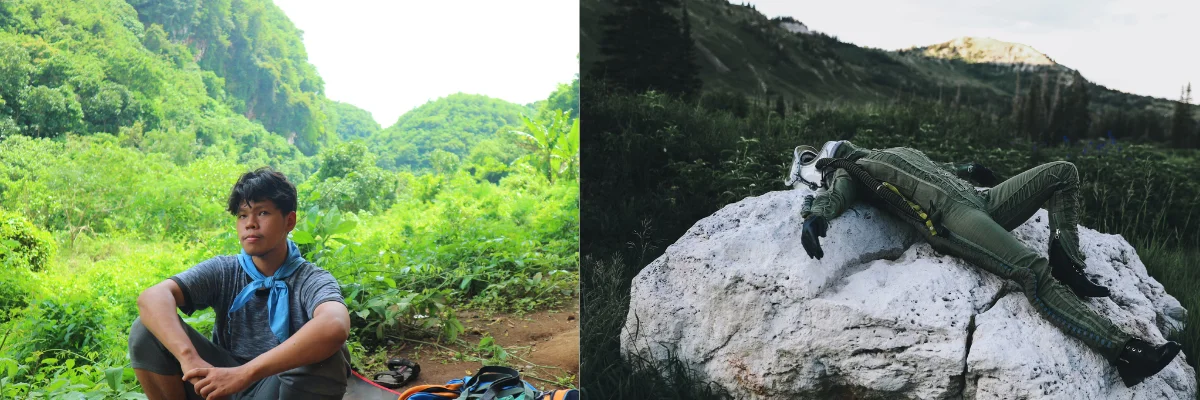


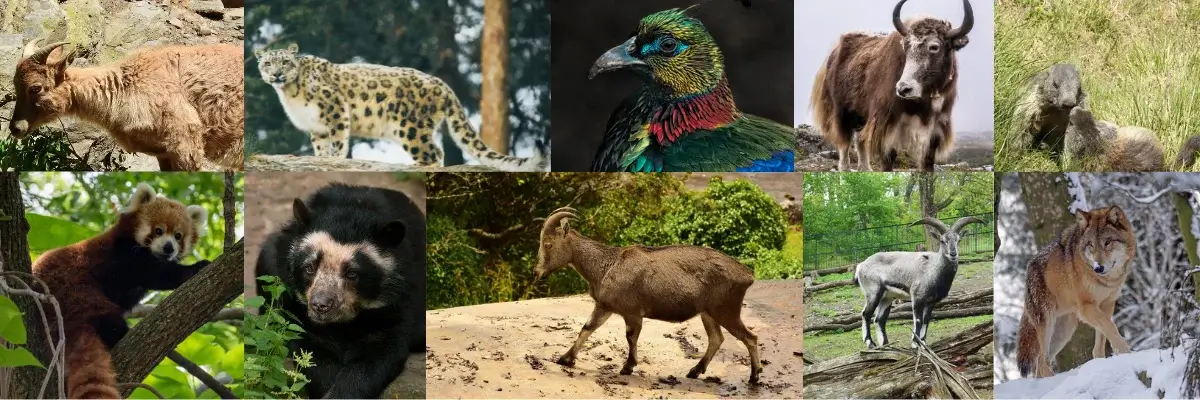

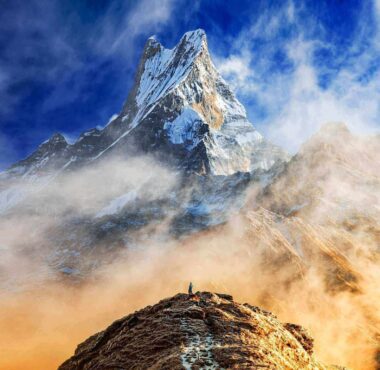
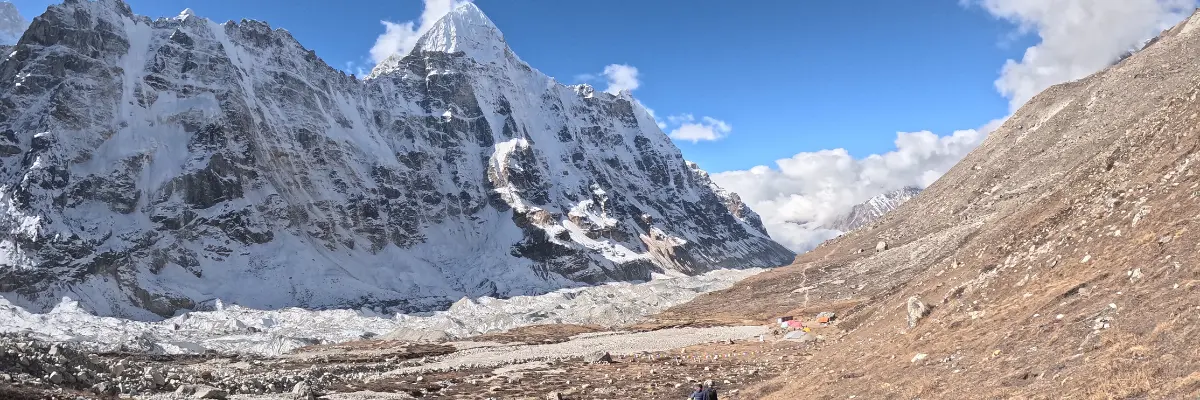











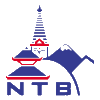


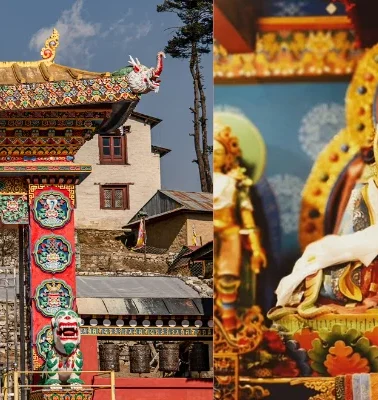


Leave Your Comment